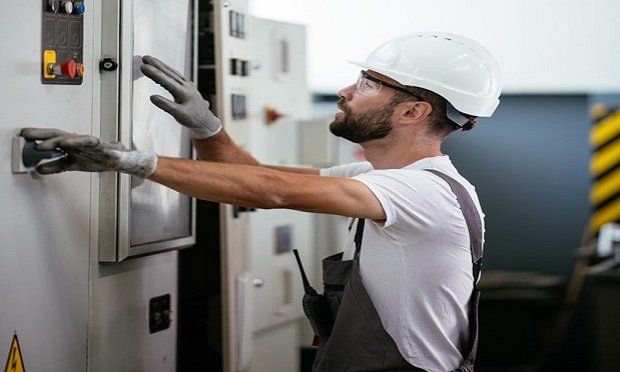 Adecco is a temporary staffing and workforce productivity company that places 70,000 associates with 700 clients weekly in all 50 states. (Photography provided by Adecco)
Adecco is a temporary staffing and workforce productivity company that places 70,000 associates with 700 clients weekly in all 50 states. (Photography provided by Adecco)
Widening its lens to help mitigate — not just identify — risks has opened doors for the risk management team at Adecco, a temporary staffing and workforce productivity company that places 70,000 associates with 700 clients weekly in all 50 states.
Recommended For You
Want to continue reading?
Become a Free PropertyCasualty360 Digital Reader
Your access to unlimited PropertyCasualty360 content isn’t changing.
Once you are an ALM digital member, you’ll receive:
- Breaking insurance news and analysis, on-site and via our newsletters and custom alerts
- Weekly Insurance Speak podcast featuring exclusive interviews with industry leaders
- Educational webcasts, white papers, and ebooks from industry thought leaders
- Critical converage of the employee benefits and financial advisory markets on our other ALM sites, BenefitsPRO and ThinkAdvisor
Already have an account? Sign In Now

